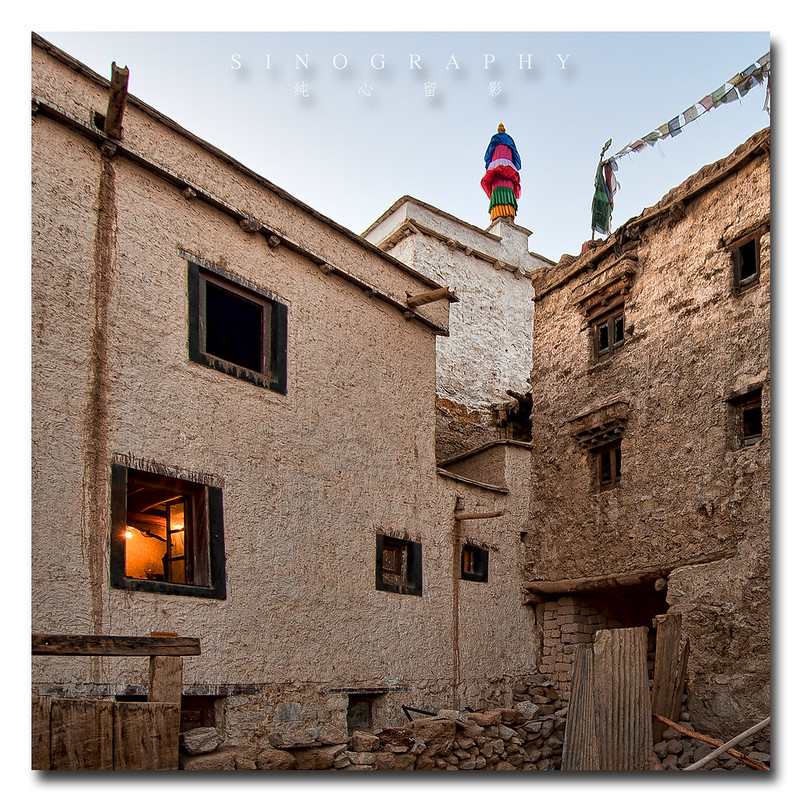- Sino's Travel Journal
- Thread starter sino238
- Start date
You are using an out of date browser. It may not display this or other websites correctly.
You should upgrade or use an alternative browser.
You should upgrade or use an alternative browser.
Absolutely stunning work!!! :thumbsup::thumbsup:
Thanks for the supork!!!! Hehehe...
More to come. Errr...hope u all won't get sick with it..hehehe...

Indus River
The Indus River (Sanskrit: सिन्धु Sindhu; Urdu: دریائے سندھ Daryā-e Sindh; Hindi: सिन्धु नदी Sindhu; Sindhi: سنڌو Sindhu; Punjabi: سندھ Sindh; Gujarati: સિંધુ નદી Sindhu; Pashto: اباسين Abāsin "Father of Rivers"; Persian: رود سند Rūd-e Sind; Arabic: السند Al-Sind; Tibetan: སེང་གེ།་གཙང་པོ Sênggê Zangbo "Lion River"; Greek: Ἰνδός, Indós; Turki: Nilab) is a major river which flows through Pakistan. It also has courses through western Tibet (in China) and Northern India.
Originating in the Tibetan plateau in the vicinity of Lake Mansarovar, the river runs a course through the Ladakh region of Jammu and Kashmir, Gilgit, Baltistan and flows through Pakistan in a southerly direction along the entire length of Pakistan to merge into the Arabian Sea near the port city of Karachi in Sindh. The total length of the river is 3,180 km (1,980 mi). It is Pakistan's longest river.
The river has a total drainage area exceeding 1,165,000 km2 (450,000 sq mi). Its estimated annual flow stands at around 207 km3 (50 cu mi), making it the twenty-first largest river in the world in terms of annual flow. Zanskar is its left bank tributary in Ladakh. In the plains, its left bank tributary is Chenab which itself has four major tributaries, namely, Jhelum, Ravi, Beas and Satluj. Its principal right bank tributaries are Shyok, Gilgit, Kabul, Gomal and Kurram. Beginning at the heights of the world in a spring and fed with glaciers and rivers in the Himalayas, the river supports ecosystems of temperate forests, plains and arid countryside.
The Indus forms the delta of Pakistan mentioned in the Vedic Rigveda as Sapta Sindhu and the Iranic Zend Avesta as Hapta Hindu (both sets of terms meaning Seven Rivers). The river has been a source of wonder during the Classical Period. King Darius of Persia sent Scylax of Caryanda to explore the river in 510 BCE.

Thikey Monastery
Thikse Gompa or Thikse Monastery (also transliterated from Ladakhi as Tikse, Tiksey or Thiksey) (thiksok Nambar tak pe ling) is a Tibetan Buddhist monastery of the Yellow Hat (Gelugpa) sect, located on top of a hill, approximately 19 kilometres east of Leh[1] in Ladakh, India. It is noted for its resemblance to the Potala Palace in Lhasa, Tibet and is the largest gompa in central Ladakh.
The monastery is located at an altitude of 3,600 metres (11,800 ft) in the Indus valley. It is a 12-storey complex and houses many items of Buddhist art such as stupas, statues, thangkas, wall paintings and swords. One of the main points of interest is the Maitreya (future Buddha) Temple which is installed to commemorate the visit of the 14th Dalai Lama to this monastery in 1970. A 15 metres (49 ft) high statue of Maitreya, the largest such statue in Ladakh, covering two storeys of the building is deified in the monastery. A nunnery is also part of the complex.

LEH City
Leh, was the capital of the Himalayan kingdom of Ladakh, now the Leh District in the state of Jammu and Kashmir, India. Leh, with an area of 45,110 km2, is the second largest district in the country (after Kutch, Gujarat) in terms of area.
The town is still dominated by the now ruined Leh Palace, former mansion of the royal family of Ladakh, built in the same style and about the same time as the Potala Palace. Leh is at an altitude of 3524 metres (11,562 ft), and connects via National Highway 1D connects it to Srinagar in the southwest and to Manali in the south via Leh-Manali Highway
Similar threads
- Replies
- 0
- Views
- 720
- Replies
- 0
- Views
- 269
- Replies
- 0
- Views
- 207
- Replies
- 0
- Views
- 396
- Replies
- 0
- Views
- 591

















